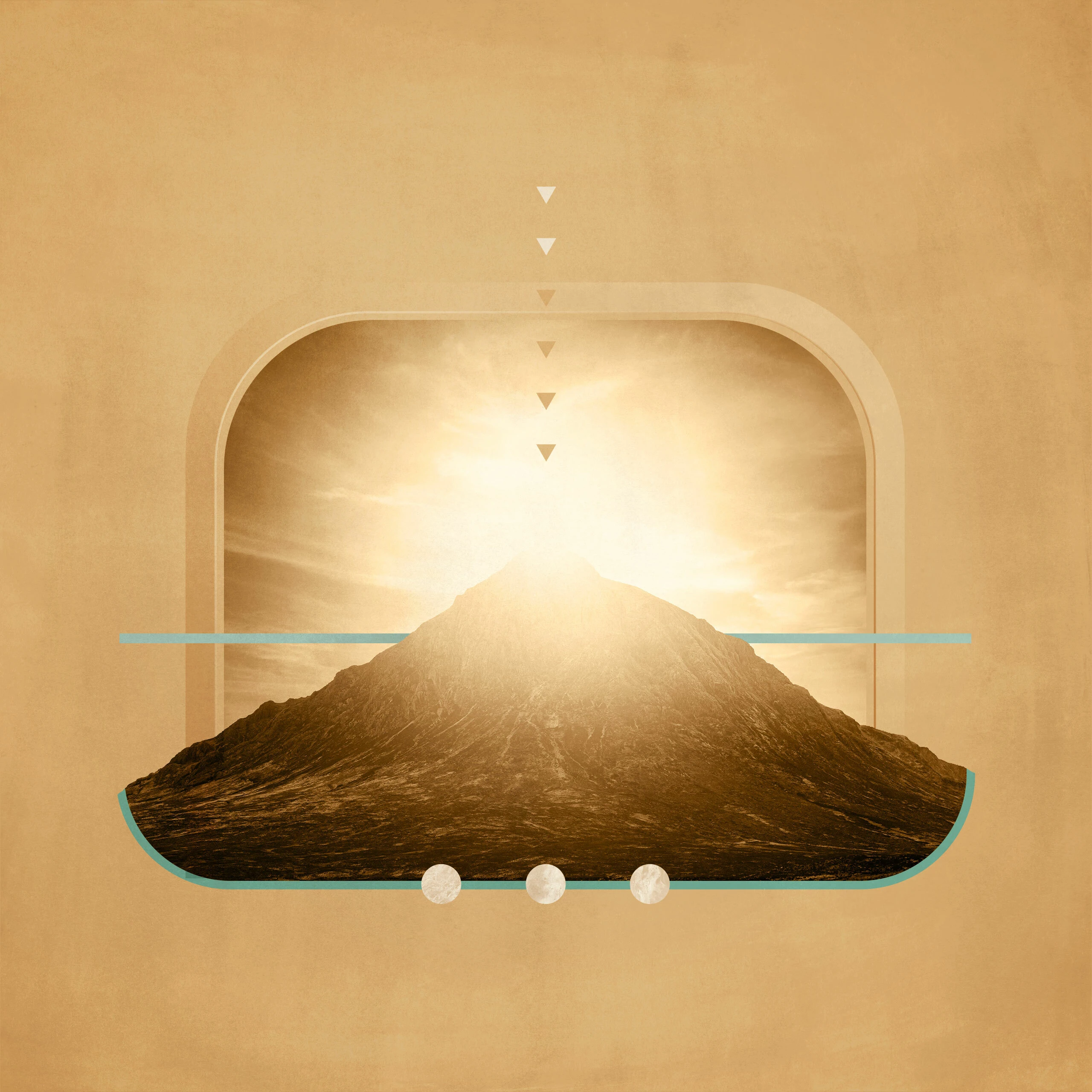What Was the Transfiguration?

The transfiguration of Jesus is documented by Matthew, Mark, and Luke. Each records that Jesus Himself spoke about it (Matt.16:28–17:9; Mark 9:1–9; Luke 9:28–36). Jesus spoke of the transfiguration both before and after that unique event when His human body underwent a temporary transformation. The Synoptic Gospels indicate that the transfiguration had a particular relevance to those disciples who witnessed it and were forbidden to speak about it for a while. We will use Jesus’ statements to consider the transfiguration.
The Kingdom of God
First, Jesus mentions the kingdom of God. Jesus said, “Truly, I say to you, there are some standing here who will not taste death until they see the Son of Man coming in his kingdom” (Matt.16:28, emphasis added). All three evangelists connect the transfiguration with the kingdom of God. Luke describes it as “the kingdom of God”; Mark adds the words “come with power”; Matthew mentions “the Son of Man.” In spite of these minor but significant variations, they all place this saying immediately before the transfiguration.
Matthew and Mark record that Jesus and His disciples were in the region of Caesarea Philippi (Luke mentions no location) when He asked them for common views about His identity. His gracious words and powerful deeds had raised the question of whether He was the promised Messiah. The replies assigned Jesus the honored category of a notable prophet. He then turned the question to the disciples, asking, “But who do you say that I am?” Simon Peter’s reply that He was God’s Messiah was wiser than he knew. He protested vehemently when Jesus informed the Twelve of His impending rejection and crucifixion. Peter was thinking of messiahship in the same way as his fellow Jews, who expected merely a prophet or a national deliverer, someone like Theudas or Judas of Galilee (Acts 5:36–37). Peter was reproved as emphatically as he had been declared blessed. The disciples were informed that not only did a “cross” await Jesus because He was God’s Messiah, but “a cross” also awaited all who followed Him (Matt. 10:38; Mark 8:34; Luke 9:23).
The transfiguration pointed to Jesus’ future resurrection and glory.
The “some” who were standing there who would not taste death until they saw the kingdom of God were Peter, James, and John, whom Jesus “took and led up a high mountain by themselves” (Mark 9:1–2).1 James and Peter were to be martyred, and John was to be incarcerated. But their deaths would result in reward when the Son of Man comes “with his angels in the glory of his Father” (Matt. 16:27). The transfiguration was a momentary disclosure to them of the supremacy of Jesus as God’s King and the security of His servants at the end of all things (see Dan. 7:13–14).
Jesus’ Death and Resurrection
Secondly, Jesus said, “Tell no one the vision until the Son of Man is raised from the dead” (Matt. 17:9). The Lord’s prohibition was solemn and explicit (Matt. 17:9; Mark. 9:9). It was, however, time-related, and its validity expired when Jesus rose from the dead. Luke records after the event that the three disciples “kept silent and told no one in those days anything of what they had seen” (Luke 9:36).
Frequently, Jesus forbade those whom He healed to speak publicly about Him in order to reduce popular excitement and the antagonism of the leaders of the Jews. However, that is not an adequate explanation here because it is Peter, James, and John who were explicitly charged to disclose nothing of what they had seen and heard, not even to their fellow disciples. Why did Jesus prohibit them, and only do so for the time being?
The explanation lies in their failure to understand what had taken place. What might they have said if they had not been forbidden? On the mountain, Peter had interrupted Moses, Elijah, and Jesus with a remark that caused a divine intervention. They were speaking to Jesus about His departure (the Greek word is exodos) “which He was about to accomplish at Jerusalem” (Luke 9:31). Representing the Law and the Prophets, Moses and Elijah were looking and longing for what the exodus from Egypt for the land of promise was typifying. But Peter and the rest were thinking of Jesus on the mountain more like Moses on Sinai and Elijah on Carmel—and not the Messiah on Mount Calvary. Peter had wanted to celebrate Jesus along with Moses by a Feast of Booths. A little later, James and John (probably thinking of Elijah, see 2 Kings 1) would want to call down fire from heaven on the Samaritans (Luke 9:54). They were not only wanting to perpetuate Judaism and fit Jesus into it, but also to have top table positions in the kingdom for themselves (Mark 10:35).
Remember, the transfiguration was before Jesus’ resurrection from the dead. After—and because of—Jesus’ resurrection, the promised Holy Spirit came, and Peter had something much better to preach (see Acts 2:14–37; 10:34–43; 2 Peter 1:16–18). The transfiguration pointed to Jesus’ future resurrection and glory. John wrote his whole gospel and Apocalypse perhaps recalling that “we beheld his glory” (John 1:14).
Even though the transfiguration was not repeated, it is an important element in Apostolic Christianity and, therefore, it has an abiding message for every Christian and the worldwide church.
-
“Taste” is a metaphor for experience and “until” means “before.” ↩

